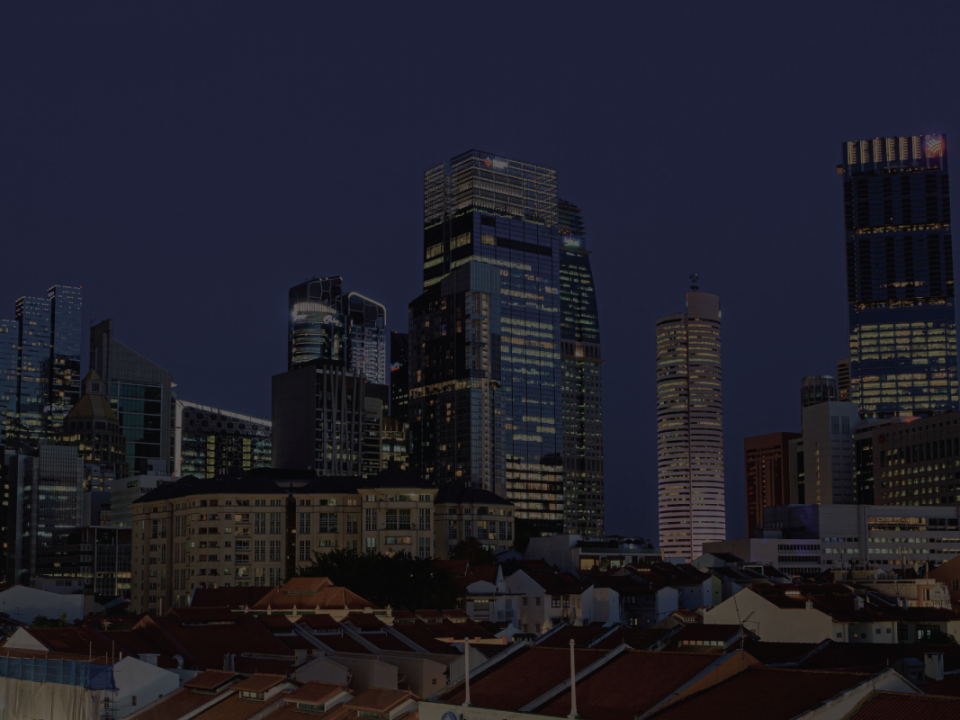
Power Update #18 – Power Surge for 2020 and Beyond
December 27, 2019The tides of business ebb and flow irregularly; focus shifts according to the demands of the market, clients and, in the case of energy, regulators. We had spent the last quarter intensively pursuing new opportunities around the region, and there are many changes afoot. These include new leadership in the Thai electricity market to the incredibly dynamic developments in the Malaysian electricity sector, that is facing pending deregulation. And Singapore is no less energetic, pun intended. These markets are high on our priority and reinforce our position as an Asian-centric energy innovation company.
We have been in deep conversations with the Singaporean gentailer to develop the specific go-to-market plan and position to operationalise Synergy in Singapore for the coming commercial beta pilot test. ELECTRIFY aims for meaningful pilots of at least 50 participants, spread across a city-wide power grid. This raises significant challenges because the Synergy P2P platform is a complex animal:
1) Synergy deploys its digital private meters (DPM) to collect real-time data for visualisation and analytics at a 1-minute interval. This is far more granular than most utility smart meters and provides more information to our utility partners and participants.
2) Synergy also draws energy data from the utility's meter for data consolidation and provide more accurate settlement against the grid's source of truth. This avoids conflict in energy readings and makes settlement far more meaningful.
3) ELECTRIFY has also developed a deep and more accurate matching algorithm, allowing for automatic trades of energy with minimal involvement from the participants. Synergy does this on-the-fly on behalf of the participants and ensures better matching on all their energy needs. It also takes into account the provision of any shortfall by integrating a utility's energy provision.
4) Synergy was designed from the ground up to be grid compatible; we never designed a micro-grid solution, hoping to be scalable one day. Our core algorithm factors in calculations for everything from tariff structures, to grid losses, to grid usage charges and even VAT/GST. This means a more seamless integration for the grid operator and the net result is faster scalability.
And these are just the tip of the iceberg. Carrying out so much complexity means our micro-services architecture is far more complex. In fact, we're in the process of re-designing the architecture with support from AWS to take even more factors into account, such as intermittency, balancing and even nodal pricing. This complexity needs more involvement and a deeper collaboration commitment from a grid or retail partner at the beginning but results in a stronger, more flexible and long-lived solution.
We've built a cruise missile to someone else's slingshot. Development times are longer and integration more considered. But when we hit, the effect is far more widespread; we are, after all, trying to impact the power grids of the world. This degree of complexity makes the development of a single blockchain methodology complicated and this isn't helped by the current energy regulatory landscape that is generally blockchain averse. if you're looking for a quick result, there's always the slingshot. But if you're after long-term sustainability and significant scaling, the Synergy cruise missile is close to deployment.
And the ramifications are huge. The Synergy transactive energy layer will be able to impact far more than just P2P. Other beyond-the-meter functions have been proposed for our consideration, such as autonomous energy trades by high load assets, renewable energy EV charging networks, embedded community energy storage systems, even micro-grid load balancing, and dynamic PPAs for large-scale solar (LSS) investments.
TLDR; What's been happening this last month?
We've been deep in discussions with the various operational teams at our Singaporean gentailer partner, ironing out the various regulatory and process hurdles. This is in preparation for the official launch announcement at the end of October at the Singapore International Energy Week (SIEW), our regulator's big regional event for the industry. We're also modelling new applications for our partners to the north and pitching for a potential pilot in Australia. We've also been scoping an offshore development team to put into place a new implementation of our marketplace which will grow to be a holistic platform for a consumer's energy needs. In my vision, this will be far more wide-reaching on a global level, delivering more beyond-the-meter services and not bound by geographical boundaries. But more on that a little later in the year, after we've solidified the scope.
So how will we get there?
This brings us to a conversation about our pending Series A fundraiser. Over the last several months, we've received offers for both investments and outright trade sales by various multi-national energy companies. The benefits, opportunities and access they offer are not trivial, but we have a long-term commitment to making the best choices for our stakeholders. To wit, we are looking to bring these investors on as partners on our growth journey. We've taken the position that we're not looking for pure funds and capital gains but are seeking strategic partnerships that will help ELECTRIFY become a significant participant in the global sustainable energy conversation. We have, as I've often articulated, only just begun.Regards,
Martin Lim CEO Electrify
